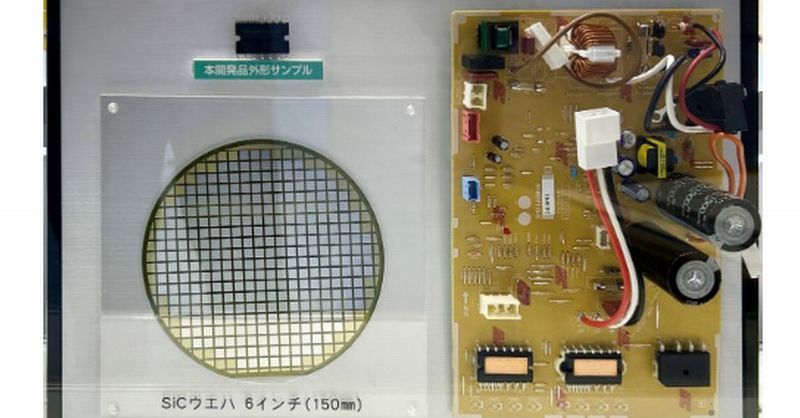Enhanced IPM: SiC & Si for Lower AC Energy Use
The quest for energy efficiency is driving innovation across various sectors, and the HVAC industry is no exception. Traditional air conditioning systems consume significant energy, contributing substantially to both household bills and carbon emissions. However, a new wave of advancements utilizing Silicon Carbide (SiC) and Silicon (Si) in Intelligent Power Modules (IPMs) promises a significant reduction in AC energy consumption. This article delves into this exciting development, exploring how SiC and Si are revolutionizing HVAC energy efficiency.
What are Intelligent Power Modules (IPMs)?
IPMs are pre-assembled modules containing power semiconductors, gate drivers, and passive components, all integrated onto a single substrate. This integrated design simplifies the design process for AC systems, reduces component count, and improves reliability. Traditionally, IPMs have relied on IGBTs (Insulated Gate Bipolar Transistors). However, the integration of SiC and Si is ushering in a new era of efficiency.
The Energy-Saving Power of SiC and Si in IPMs
The key to reduced energy use lies in the superior properties of SiC and Si compared to traditional IGBTs:
-
Silicon Carbide (SiC): SiC boasts a significantly wider bandgap than silicon, resulting in lower switching losses and higher operating temperatures. This translates to greater efficiency in power conversion, meaning less energy is wasted as heat. Furthermore, SiC devices can operate at higher frequencies, leading to smaller and lighter designs.
-
Silicon (Si): While not as revolutionary as SiC, improved silicon-based MOSFETs (Metal-Oxide-Semiconductor Field-Effect Transistors) offer a cost-effective alternative for certain applications. These advanced Si MOSFETs provide a good balance between performance and cost, making them a viable option for various AC systems.
How SiC and Si IPMs Lower AC Energy Use:
- Reduced Switching Losses: The lower switching losses in SiC and improved Si MOSFETs lead to less energy wasted during the switching process of the inverter within the AC unit.
- Higher Efficiency at Higher Temperatures: SiC's ability to operate at higher temperatures allows for more efficient performance even under demanding conditions.
- Smaller and Lighter Designs: The compact nature of SiC and improved Si IPMs contribute to reduced material usage and transportation costs, reducing the overall environmental impact.
- Improved Power Factor: Efficient IPMs contribute to a better power factor, minimizing energy waste in the power grid.
The Future of Energy-Efficient AC Systems
The adoption of SiC and Si in IPMs is not just a technological advancement; it's a crucial step towards a more sustainable future. The energy savings translate directly to lower electricity bills for consumers and a reduced carbon footprint globally.
Benefits for Consumers:
- Lower Electricity Bills: Significant energy savings directly translate to reduced monthly expenses.
- Reduced Environmental Impact: Lower energy consumption contributes to a smaller carbon footprint.
- Improved Comfort: More efficient AC units can maintain consistent temperatures more effectively.
Challenges and Opportunities:
While the advantages are clear, widespread adoption faces challenges, including:
- Higher Initial Costs: SiC-based IPMs are currently more expensive than traditional options.
- Supply Chain Constraints: The supply chain for SiC materials is still developing.
However, ongoing research and development are addressing these issues, and the long-term cost savings make SiC and Si IPMs a highly attractive investment.
Conclusion: A Cooler, Greener Future
Enhanced IPMs utilizing SiC and Si represent a significant leap forward in air conditioning technology. Their ability to dramatically reduce energy consumption offers substantial benefits to both consumers and the environment. As the technology matures and costs decrease, we can expect to see a widespread adoption of these energy-efficient solutions, paving the way for a cooler and greener future.
Related Articles:
- [Link to an article about sustainable HVAC practices]
- [Link to an article about the future of energy efficiency]
Keywords: SiC, Silicon Carbide, Si, Silicon, IPM, Intelligent Power Modules, Air Conditioning, Energy Efficiency, HVAC, Energy Saving, Sustainable Technology, MOSFET, IGBT, Power Electronics, Green Technology, Lower Energy Consumption.
